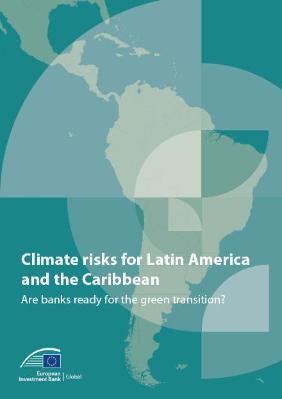
Description
Latin America and the Caribbean are increasingly experiencing the effects of climate change. Over the past two decades, the countries in the region have experienced as many as 1 350 natural disasters attributable to the climate, affecting more than 170 million people.
We analysed climate risks in Latin America and the Caribbean, expanding the analysis to understand what these risks imply for the financial sector, particularly for banks. We conclude that the aggregate physical climate risk of the banking sector is the highest in the Caribbean while for transition risk the picture is more homogenous. Finally, we note that capital flows for climate projects in the Latin America and the Caribbean region have been lagging other regions in the world. Against the backdrop of considerable financing needs, the international financial community and public development banks have an important role to play to support both public and private green investments providing long-term, patient funding at affordable rates and sharing part of the risks.


